On a recent walk, I kept track of each type of bird I saw or heard. It started early in the walk when I heard a bird call I couldn’t place. I was curious, so I pulled up the Merlin Bird ID app, which does a passable job of identifying birds by their call. The app hears all the birds that are calling and, in addition to the bird I couldn’t place, it picked up two others I wasn’t paying attention to. I often return from walks thinking I’ve seen or heard maybe a half-dozen birds. I was minutes into this walk and had already heard three. I wondered, how many birds would I notice if I really paid attention?
[Due to the photos in this post, it may not fully load on all e-mail applications. The full post is available on Substack.]
Mind you, I was just walking, not out looking for birds. But I kept my eyes and ears open as I walked. When I saw or heard a bird, I identified it either from memory or by using the app, and I made a list. It began:
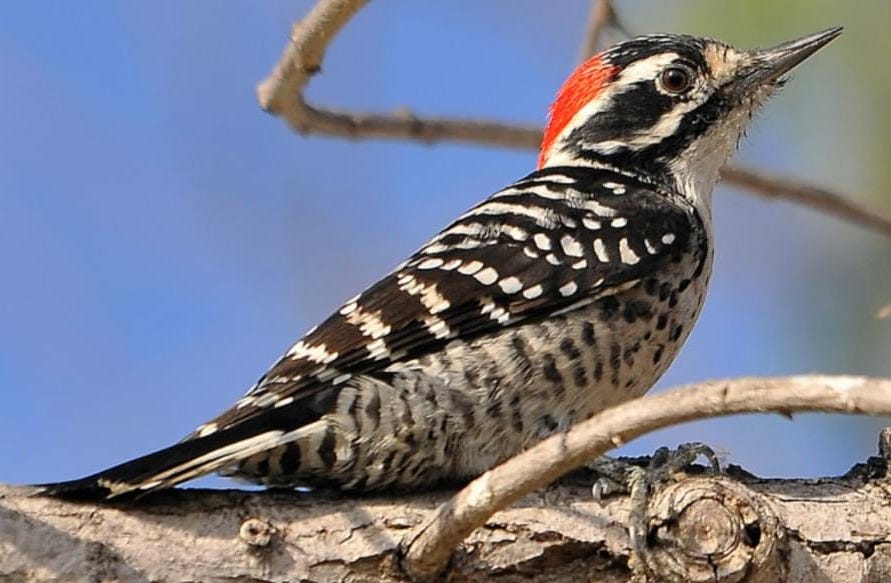
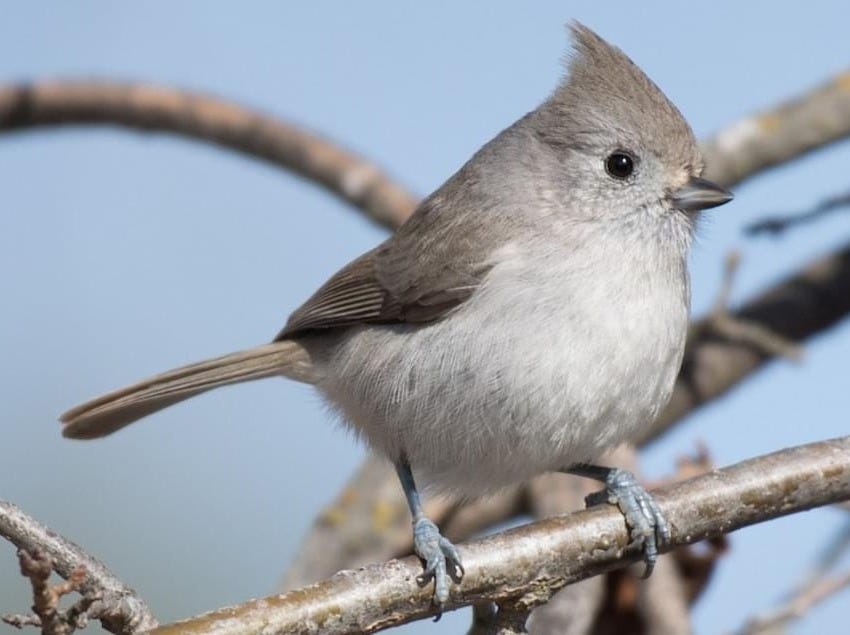

My walk took me through several different habitats and, with different habitats and the beginning of spring migration, the count grew steadily. My walk started in chaparral and sage scrubland before winding between suburban lawns, a research facility, a horse-riding area and a school. I added these to my list:
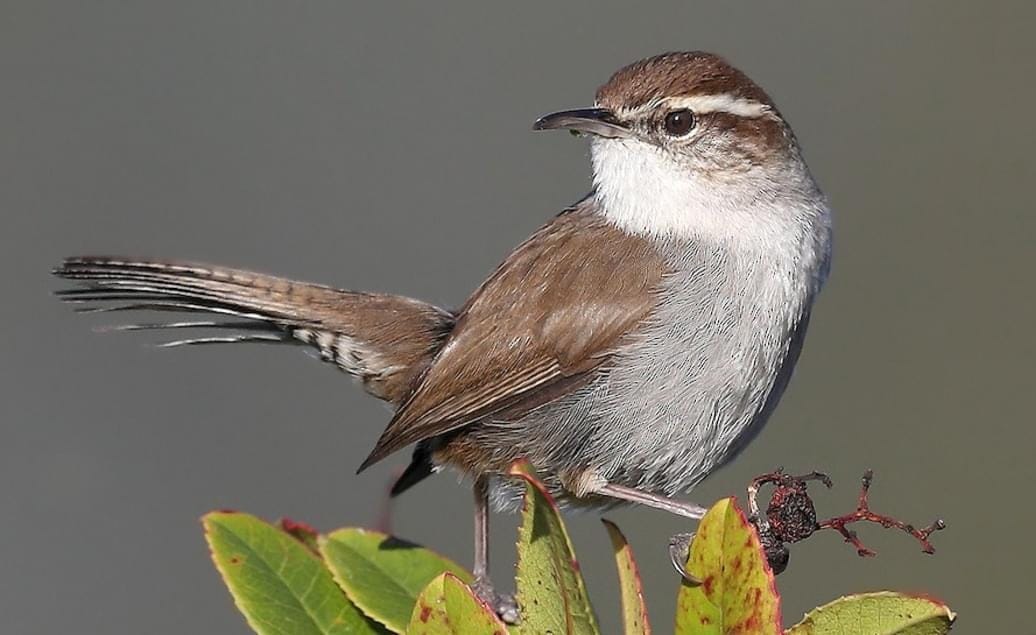

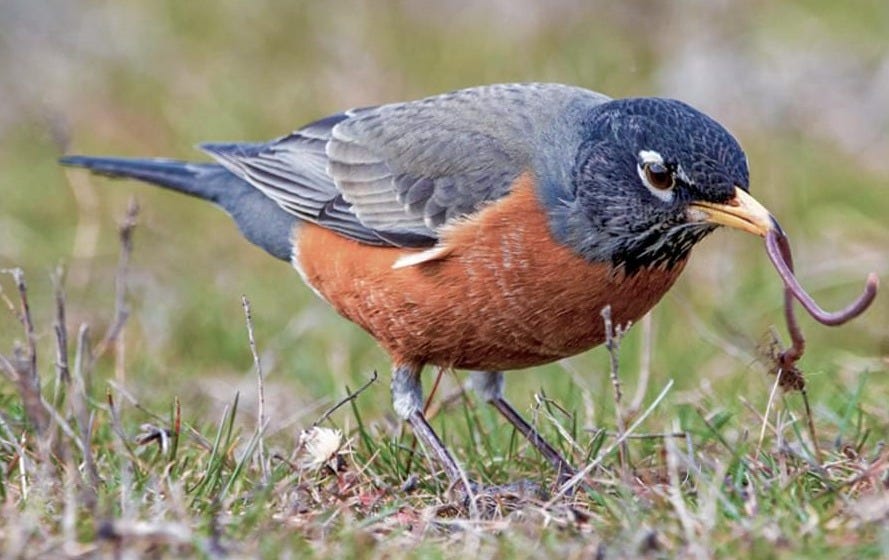
I crossed into a park that preserves native oak woodlands. More birds on my list:
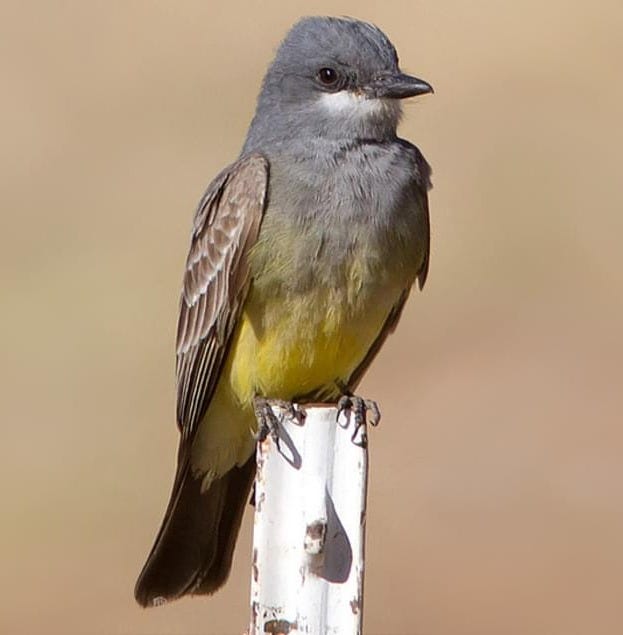


The park opens out to the broad outwash plain of a mountain stream. In the riparian shrubs and in the open sky above I saw:



Recent rains had left a seasonal lake behind a dam at the bottom of the outwash plain. Waterbirds had found a temporary home there:
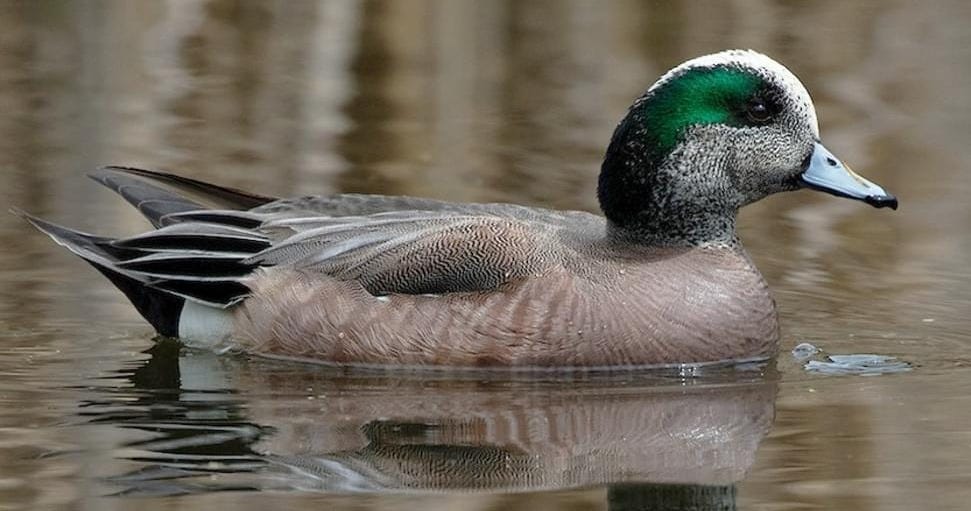
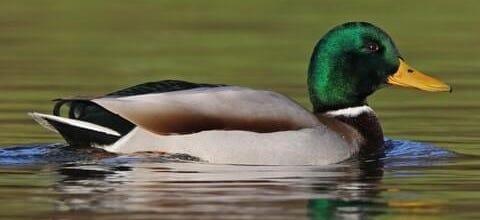
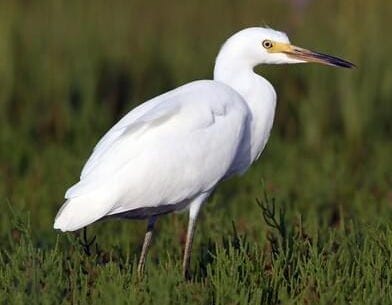
Around the lake, water loving trees like Alder, Ash, Black Walnut, Sycamore, Black Willow, and Laurel provide more habitat for birds large and small. My list grew some more:


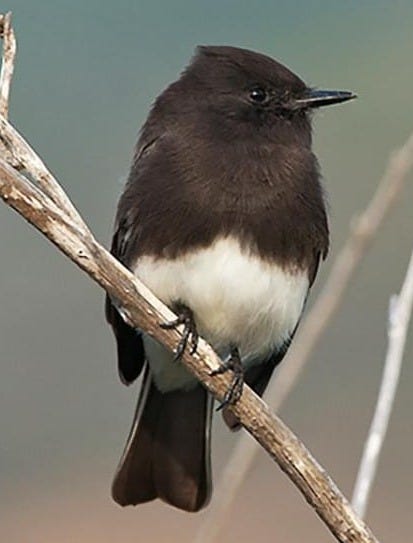

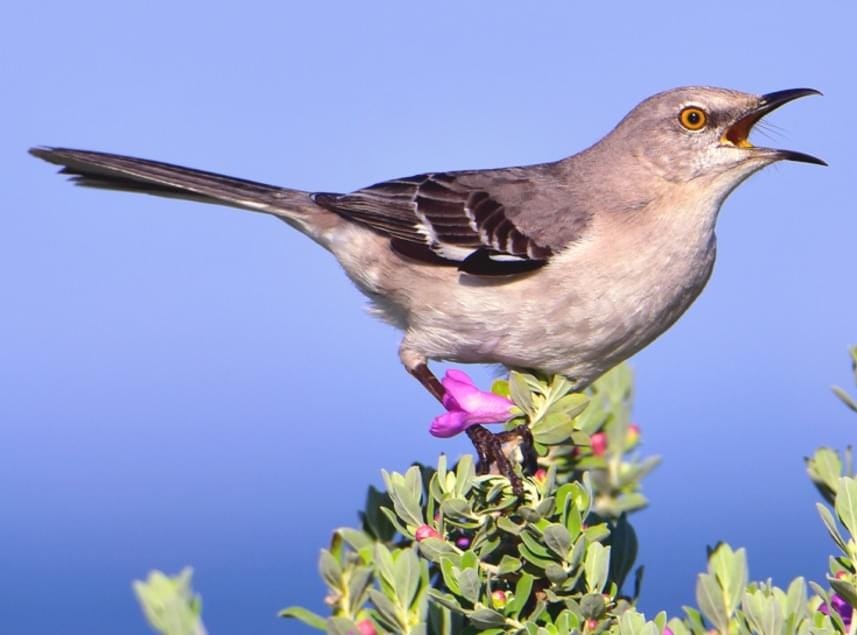
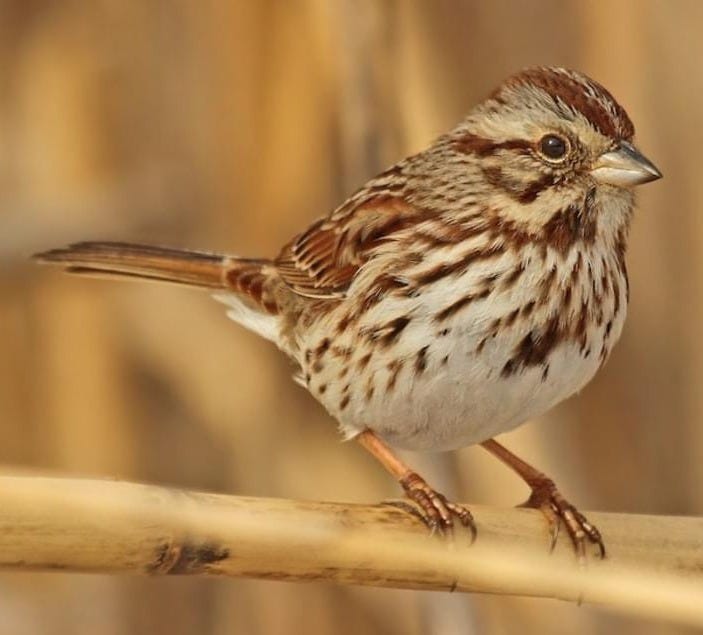
My route now took me back along the trail I started out on, but my list wasn’t done. New birds had arrived:
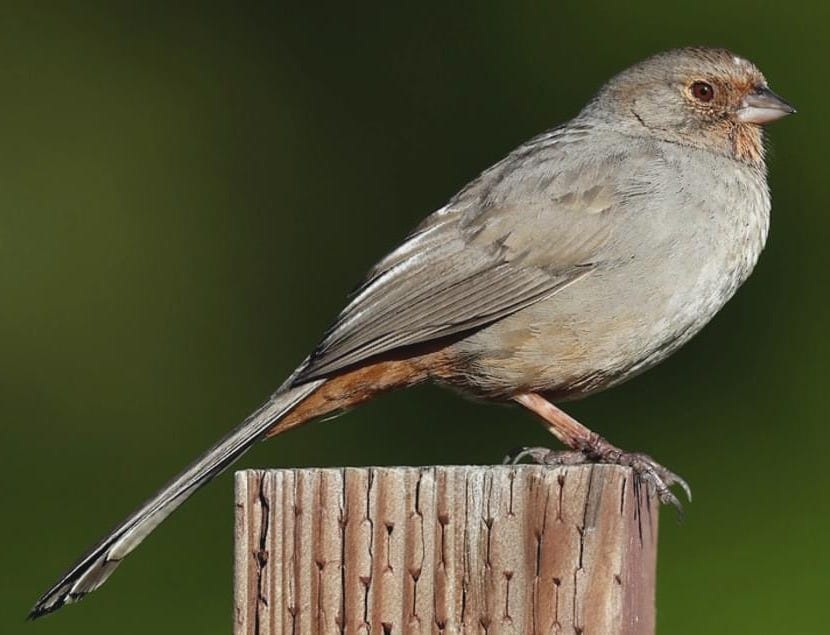
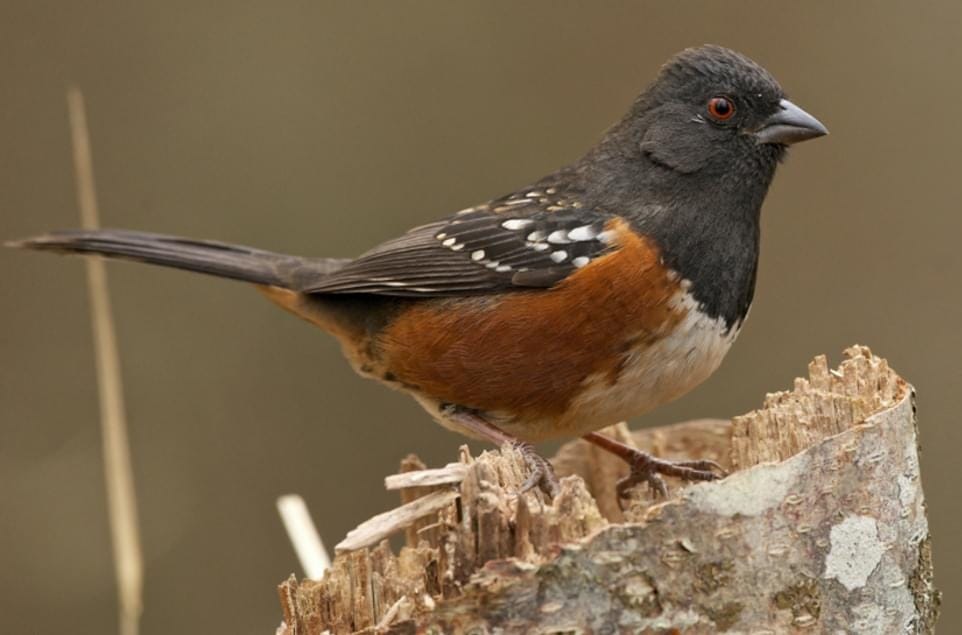
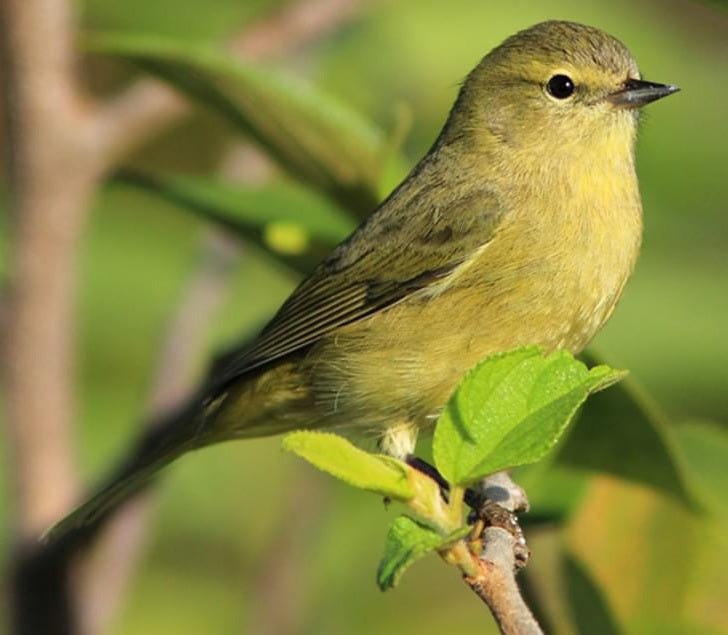
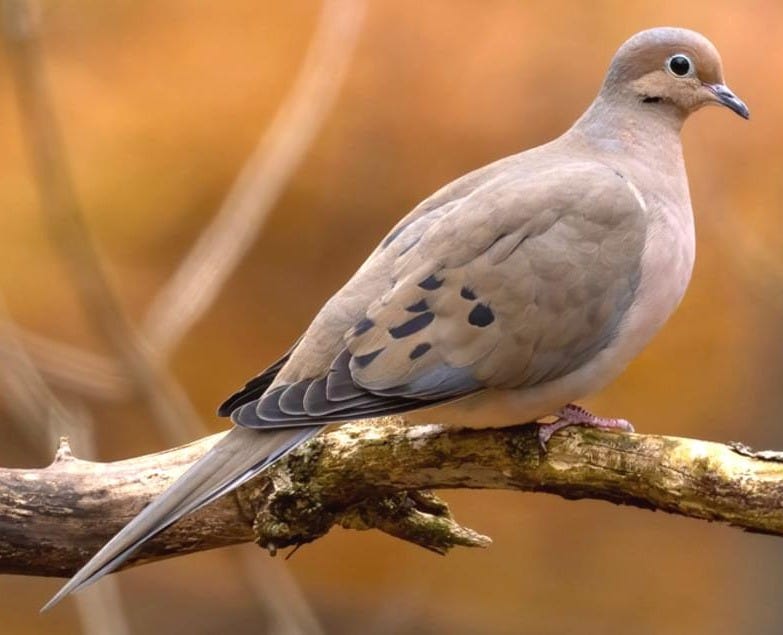
Back home I realized that what usually felt like a half-dozen types of birds was more like two dozen. If I don’t pay attention (and keep track!) I miss a lot.
I’m not really much of a birder. It is not something I aspire to be. The area I walked is visited by over 250 bird species, and though only a fraction of them were around the morning I visited, I’m sure I missed more than I saw. But I do not need to find every bird – I only need to be aware of what I see and hear.
And be able to name them. Robbin Wall Kimmerer has said that to be in the world without knowing the names of the plants and animals around you would be a little like wandering lost in a foreign city where you can’t read the street signs. I don’t like to feel lost. I want to see and name the birds and plants I come across so I know where I am.
And I want to know how I fit in. We humans aren’t alone here. We share the world with the hawks and the nuthatches, the wigeons and the woodpeckers, the crows and the towhees, the doves and the jays. They were here before we arrived and, if we are gracious guests, they will be here after we leave. The first requirement of a gracious guest is to know who else is around, and to learn a little bit about them. Know at least their name but then, too, how they live, what they need, how we can help.
It doesn’t matter if I saw twenty-five or thirty species or even if I missed a dozen or three dozen. What matters is that I notice what I see and that I pay attention to how we share the spaces we visit with others, from the big Snowy Egret to the tiny Bushtit.
All bird photos are from The Cornell Lab’s website All About Birds




